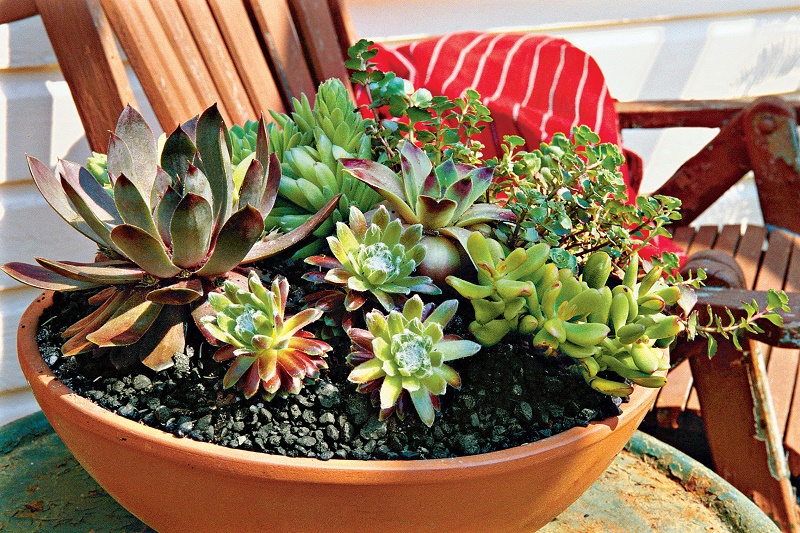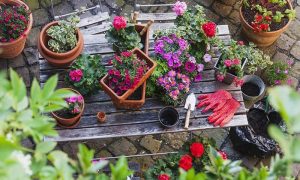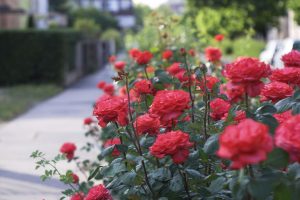
Of all the plants that we can grow in a garden or a house, succulents are perhaps one of the most numerous and popular groups. This is because they are very beautiful plants from an aesthetic perspective, but also because they are the ones that best clean the air (especially important in the floors of large cities) since they are easy to care for.
However, if you are considering how to plant succulents, it is important that you consider a number of very important factors.
How to plant succulents?
On the one hand, seeds can be obtained directly at a gardening store. Once planted, they will grow like any common plant, although it is important to bear in mind that succulents are characterized by fairly slow growth, so it may take some time before the new succulent looks like an adult plant.

Plant succulents with leaves of adult plants
On the other hand, to grow succulents we can also make use of cuttings from other adult plants, which is usually much more efficient because they have a somewhat higher growth rate compared to the newly germinated plants. For this, it will be enough to cut a branch with some leaves and, before planting it in a new pot or soil, we will place it sometime in a container with water. This will allow the plant to develop some roots in the submerged zone which will allow it to grip with greater strength when the transplant is performed.
In general, leaving the cutting in water for a week will be more than enough time. Keep in mind that succulent plants do not tolerate moisture well, so if left for a long time, although they would develop roots, they are likely to rot. In this way, it is best to leave the cutting in water for a few days and, once the roots have started to develop, transplant it to the ground and irrigate it abundantly just after the transplant. Keep reading how to germinate seeds.
Types of succulents
Succulent plants are a variety of plants that are characterized by storing much water inside. In this sense, they act just like cactus. However, succulent plants do not have leaves in the form of thorns like these, but they keep their leaves like the rest of the usual plants, although, in this case, they will be recognized because they appear to be swollen because of the storage of the water.
There are many types of succulents and, no doubt, you should have seen them somewhere, probably in the form of ornamental plants indoors or some outdoors. They are characterized by growing in dry places, in some cases even in deserts. In this sense, they are usually found in rocks and in areas with poor soils. Some of the best-known succulents are the jade plant, aloe vera or agave.
Care of succulents
To take care of your succulent plant, you should keep the following in mind:
One of the most important aspects that we have to take into account when caring for succulents is that they do not tolerate excess water well. Therefore, although it is important that when the soil is dry, we must ensure that the soil has dried before the next irrigation, as well as to prevent water from accumulating in the bottom plate of this type of plants.
Land for planting succulents
On the other hand, they are also plants that are adapted to very sandy and poor soils. In part, this also influences the humidity of the terrain itself. In fact, the more sandy and poor the soil, the better the drainage, which will prevent puddles.
In this sense, the best we can do is place our succulent plant in a soil that is not usual for indoor plants and, if we do, mix the previous substrate with sand to provide better drainage and reduce excess nutrients.
Succulents: inside or outside?
Finally, we must also bear in mind that succulents need well-ventilated spaces with abundant light. This does not mean that we should put them in direct sunlight, especially if it is small plants located in pots, as they could burn.
But it is important that succulents have good access to indirect light and, in addition, that they are in dry and well-ventilated places. In this sense, a bathroom would not be a good place for a plant of these characteristics, although it is an ornamental element used quite often in these rooms.





